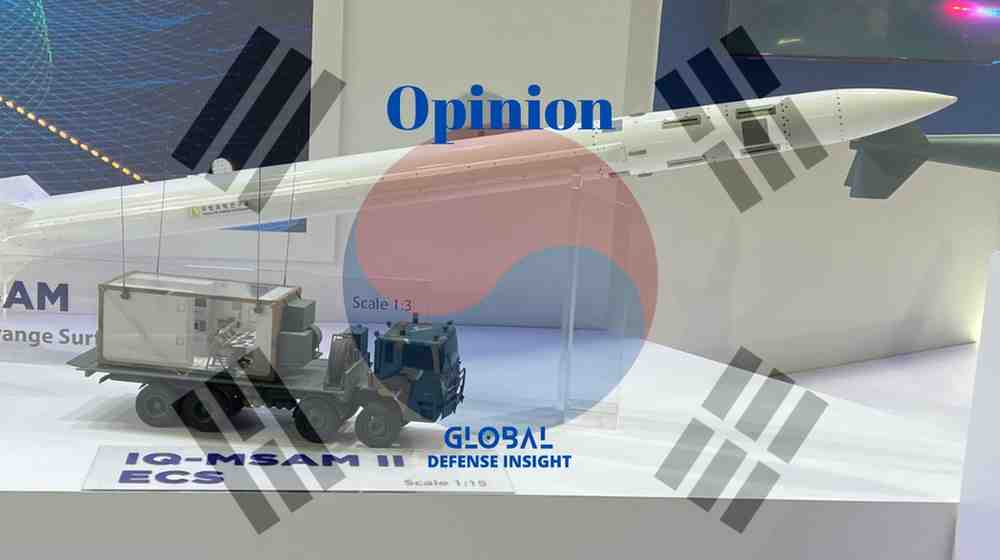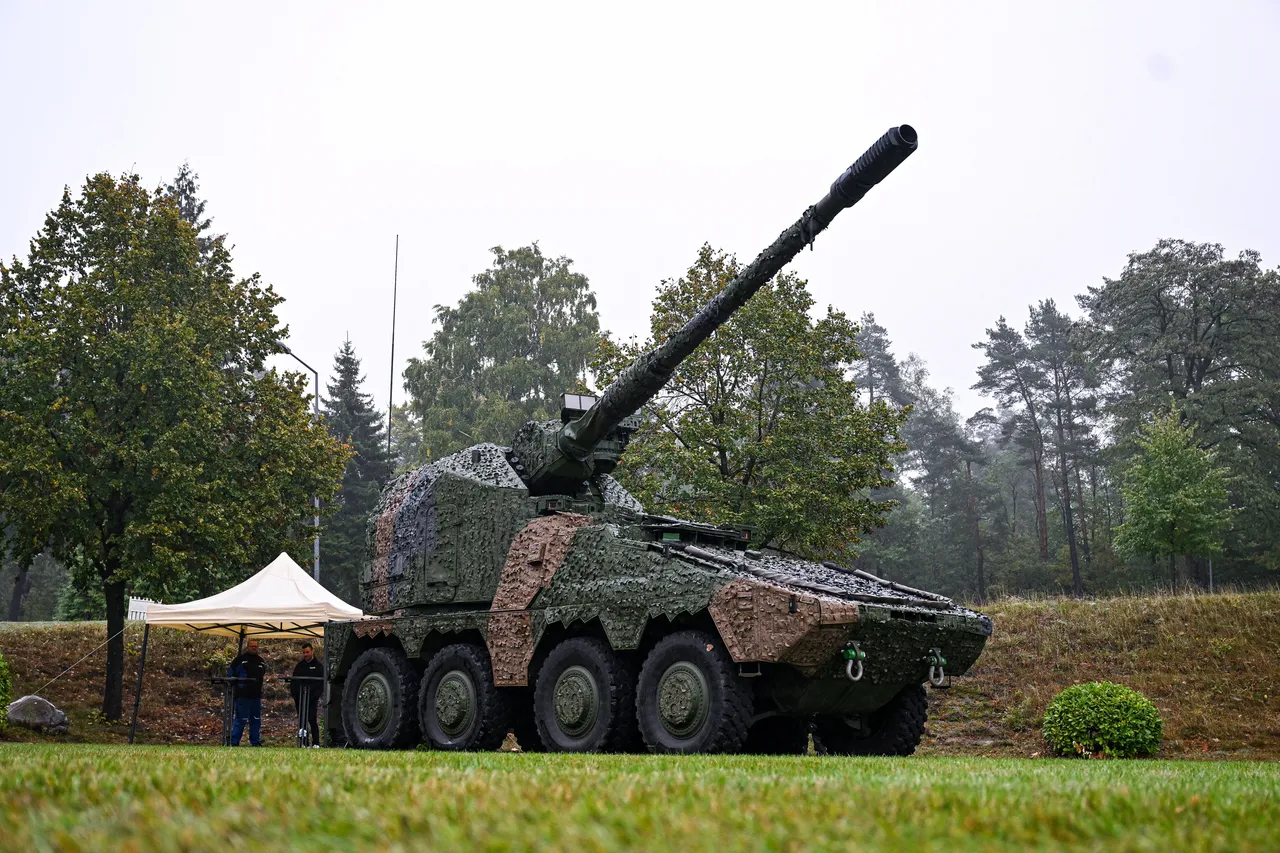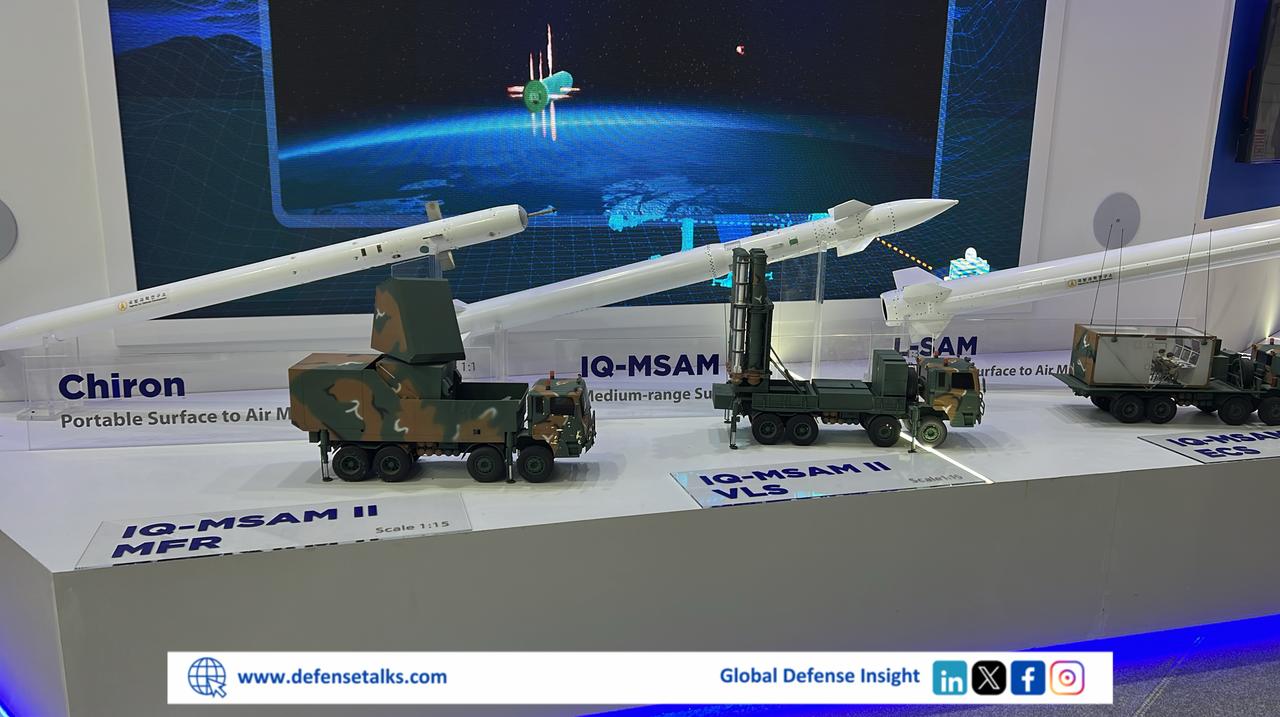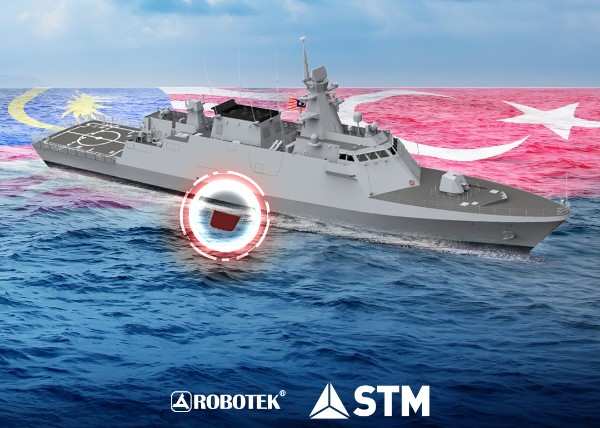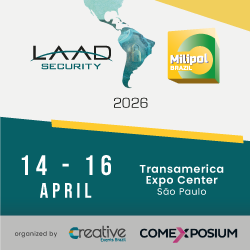South Korea finds itself in the midst of a rapidly evolving security environment. North Korea’s recent tests of hypersonic glide vehicles and maneuverable reentry vehicles have exposed a critical vulnerability in Seoul’s missile defense posture. The Korean Air and Missile Defense (KAMD) system, painstakingly assembled over the past two decades, is effective against ballistic missile threats but has limited capability against hypersonics. The Patriot PAC-3, KM-SAM (Cheongung-II), and L-SAM batteries provide a layered shield, but these systems are optimized for ballistic trajectories. Hypersonic missiles, with their ability to maneuver unpredictably at high speeds, pose a challenge that current interceptors are not designed to handle.
Against this backdrop, Israel’s invitation for South Korea to join the co-development of the SkySonic interceptor represents a rare strategic opportunity. SkySonic, developed by RAFAEL, is a two-stage, vertically launched interceptor specifically designed to track and destroy maneuvering hypersonic threats in the upper atmosphere, operating in the 20 to 70 kilometer range. Although the system remains in early development and has not yet undergone full-scale testing, its conceptual design directly addresses the challenges that Seoul now faces. The prospect of integrating such a capability into KAMD would amount to more than a technological upgrade; it would reshape South Korea’s defense architecture to meet the realities of next-generation threats.
Table of Contents
ToggleReinforcing KAMD Through SkySonic
The most immediate contribution that SkySonic could make to KAMD lies in closing the hypersonic gap. The system would sit above the coverage of PAC-3 and KM-SAM and complement the intercept envelope of L-SAM, particularly the under-development L-SAM-II. By adding a new intercept window in the upper atmosphere, SkySonic would provide South Korea with a chance to defeat hypersonic weapons earlier in their flight profile, reducing the pressure on terminal defenses. This redundancy is essential in a contested environment where North Korea could employ saturation tactics, launching a mix of ballistic, cruise, and hypersonic missiles in rapid succession.
Beyond the operational layer, the technology infusion from co-developing SkySonic would accelerate South Korea’s mastery of several cutting-edge domains. The development process would expose South Korean engineers and defense firms to advanced kill-vehicle guidance techniques capable of engaging maneuvering targets, multi-pulse propulsion systems optimized for timing intercepts, and thermal protection technologies designed to survive high-speed atmospheric engagements. These are precisely the areas where L-SAM-II seeks to advance, meaning that cooperation with Israel would not replace Korea’s indigenous programs but instead reinforce and accelerate them.
There is also a practical dimension in the division of labor. Israel brings a proven track record in interceptor design and combat-tested algorithmic approaches to missile defense, while South Korea offers large-scale production capacity and operational expertise in deploying systems across rugged, mountainous terrain. This complementarity could shorten development cycles, reduce costs, and make rapid fielding of a SkySonic-derived interceptor more feasible. A Korean variant, integrated into the KAMD architecture, would enhance not only the country’s defense but also its defense industrial base.
Integration into existing sensors and command-and-control systems is another area of potential benefit. South Korea is investing heavily in new multifunction radars for both L-SAM-II and the Low-Altitude Missile Defense (LAMD) program, often referred to as the “Korean Iron Dome.” By designing SkySonic batteries to share cues with these systems, as well as with PAC-3 and KM-SAM, Seoul could build a truly layered missile defense doctrine. Such an approach would raise the overall probability of kill against complex missile salvos, giving South Korea a more credible shield against Pyongyang’s evolving arsenal.
Finally, there is the industrial and export dimension. A co-produced interceptor could become a flagship system for Korea’s defense export portfolio, adding to a growing list that already includes the K2 tank, K9 self-propelled howitzer, and the FA-50 fighter. However, this opportunity comes with caveats. Exportability would depend on Israeli licensing terms and potential U.S. International Traffic in Arms Regulations (ITAR) restrictions on sensors and datalinks. These issues would require careful negotiation at the outset of any joint program.
SkySonic and IBCS: A Complementary Approach
While the SkySonic initiative offers a new interceptor, South Korea is also weighing modernization options on the command and control side. One of the most prominent is Northrop Grumman’s Integrated Battle Command System (IBCS), which has already been adopted by the U.S. Army and Poland. IBCS is designed to integrate disparate sensors and shooters into a single fire-control network, vastly improving flexibility, situational awareness, and the efficiency of interceptor use.
The comparison between IBCS and SkySonic is often framed as a choice between two modernization paths. In reality, the two are complementary rather than competitive. IBCS provides the brain of an advanced missile defense system, ensuring that data from radars, satellites, and other sensors is fused into a single picture and that interceptors can be assigned dynamically to the most threatening targets. SkySonic, on the other hand, offers a new arrow—a kinetic capability specifically tailored to counter hypersonic missiles.
For South Korea, the forward-looking strategy would be to pursue both paths in tandem. By adopting IBCS, Seoul could achieve command integration across U.S., ROK, and potentially Japanese forces, strengthening trilateral defense cooperation. At the same time, by co-developing SkySonic, it could field the effectors needed to deal with the unique threat of hypersonics. This dual approach would maximize flexibility and resilience, ensuring that South Korea’s missile defense is not only more connected but also more capable.
Synergy with Japan’s Emerging Strike Posture
The regional implications of SkySonic extend beyond South Korea. Japan has embarked on a significant expansion of its own defense capabilities, including the acquisition of long-range precision missiles and the upgrading of Aegis destroyers. Tokyo has also adopted a new counter-strike doctrine, which envisions preemptive or retaliatory strikes against enemy launch sites and bases.
If South Korea were to field a hypersonic interceptor through SkySonic, the result would be a powerful deterrence synergy between Seoul and Tokyo. Japan would provide the “sword,” in the form of strike capabilities able to hold North Korean missile infrastructure at risk. South Korea would provide the “shield,” in the form of a reinforced KAMD capable of intercepting hypersonic salvos. Together, the two countries would present Pyongyang with a two-front dilemma. Any attempt to overwhelm South Korean defenses with hypersonic missiles would risk interception by SkySonic-enhanced KAMD, while retaliatory strikes from Japan could target the very bases from which those missiles were launched.
This synergy also enhances the credibility of trilateral deterrence with the United States. Washington remains the cornerstone of extended deterrence in Northeast Asia, but by pairing Japanese strike capabilities with South Korean missile defenses, the allies can share the burden more evenly. This balance would make the overall deterrence posture more sustainable, while simultaneously complicating North Korea’s calculus.
Risks and Constraints
Despite its promise, the SkySonic program is not without risks. The most immediate concern is technological maturity. As an early-stage system with no flight-test pedigree, SkySonic carries significant development risk. South Korea must avoid committing to large-scale funding before the system has proven itself in hardware-in-the-loop tests and live demonstrations.
Budgetary and schedule considerations also loom large. Seoul must be careful not to allow new projects to siphon resources away from programs already underway, such as L-SAM-II and LAMD, both of which are vital for addressing near-term threats. The balance between immediate capability and long-term investment will be delicate, and mismanagement could undermine the credibility of KAMD as a whole.
Finally, there are geopolitical considerations. Cooperation with Israel may complicate South Korea’s relations in the Middle East, particularly with partners who view Israeli defense exports with suspicion. At the same time, close coordination with the United States will be essential, given the likelihood that U.S. technologies are embedded in supporting systems. Navigating these diplomatic and legal constraints will be as important as the technical work of development.
Conclusion
For South Korea, the opportunity to co-develop SkySonic with Israel offers a pathway to leap ahead in hypersonic defense while reinforcing the credibility of KAMD. The interceptor could close a critical gap in the nation’s layered missile defense, accelerate technological mastery in key areas, and position Korean industry as a player in the future market for hypersonic defense systems.
When paired with the adoption of IBCS for battle management and integration, SkySonic could deliver a balanced combination of brain and brawn: a networked command architecture capable of coordinating across allies and a specialized interceptor designed to neutralize the most dangerous new threat.
At the regional level, SkySonic would deepen deterrence synergy with Japan, aligning Seoul’s missile defenses with Tokyo’s expanding strike capabilities. Together with the United States, this triangular framework would offer a more credible deterrent against Pyongyang’s advancing arsenal of missiles, including hypersonics.
If pursued on staged, disciplined terms—carefully managing risks, costs, and geopolitical optics—SkySonic could do far more than plug a gap in South Korea’s defenses. It could redefine the balance of deterrence on the Korean Peninsula, strengthening not only Seoul’s security but also the broader architecture of stability in Northeast Asia.

Dr. Ju Hyung Kim
Dr. Ju Hyung Kim serves as President of the Security Management Institute, a defense-focused think tank affiliated with South Korea’s National Assembly. He has contributed to numerous defense initiatives and has advised key institutions, including the Republic of Korea Joint Chiefs of Staff.
- Dr. Ju Hyung Kim


